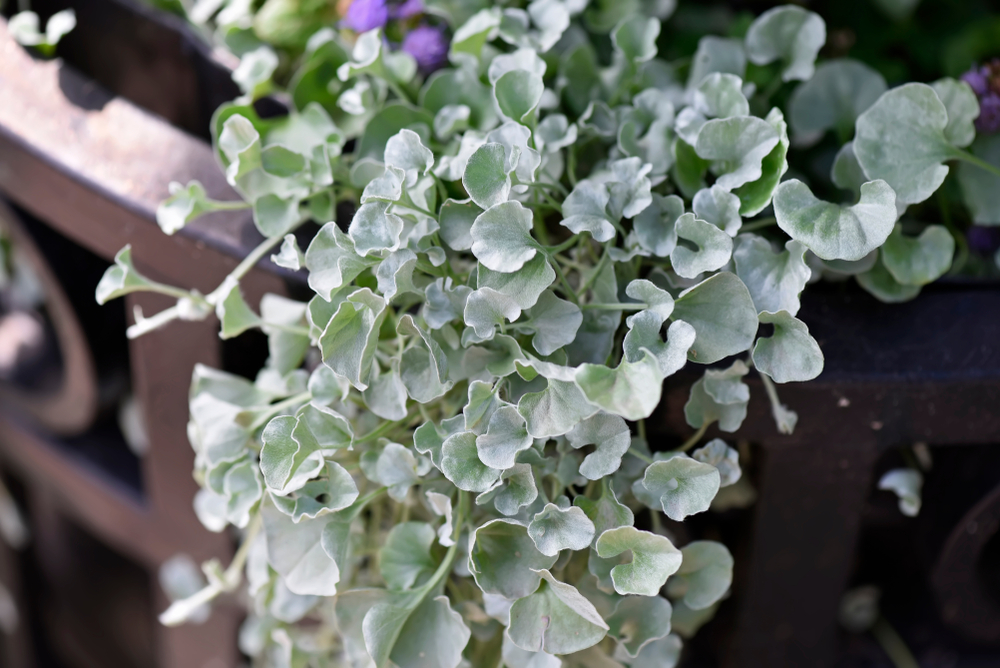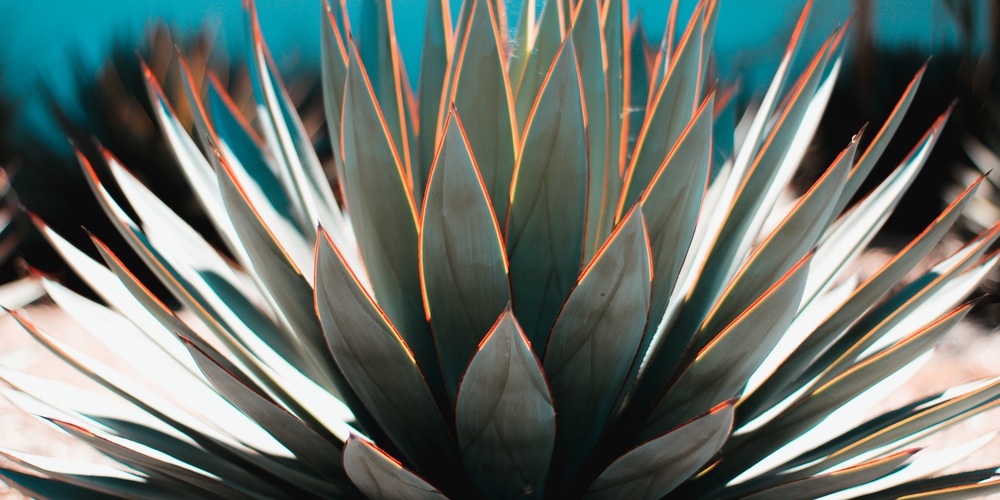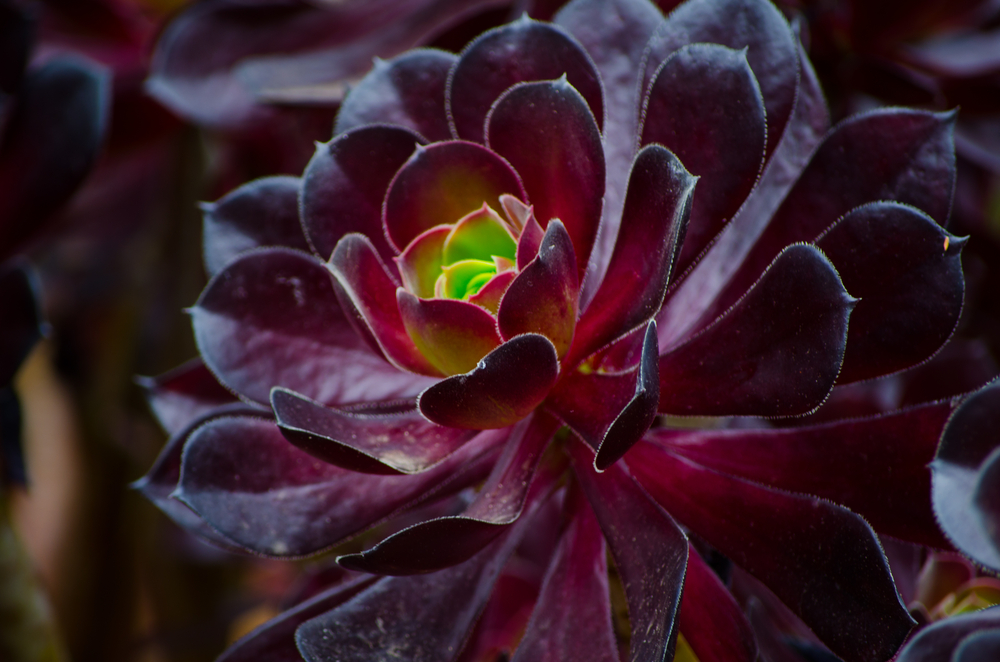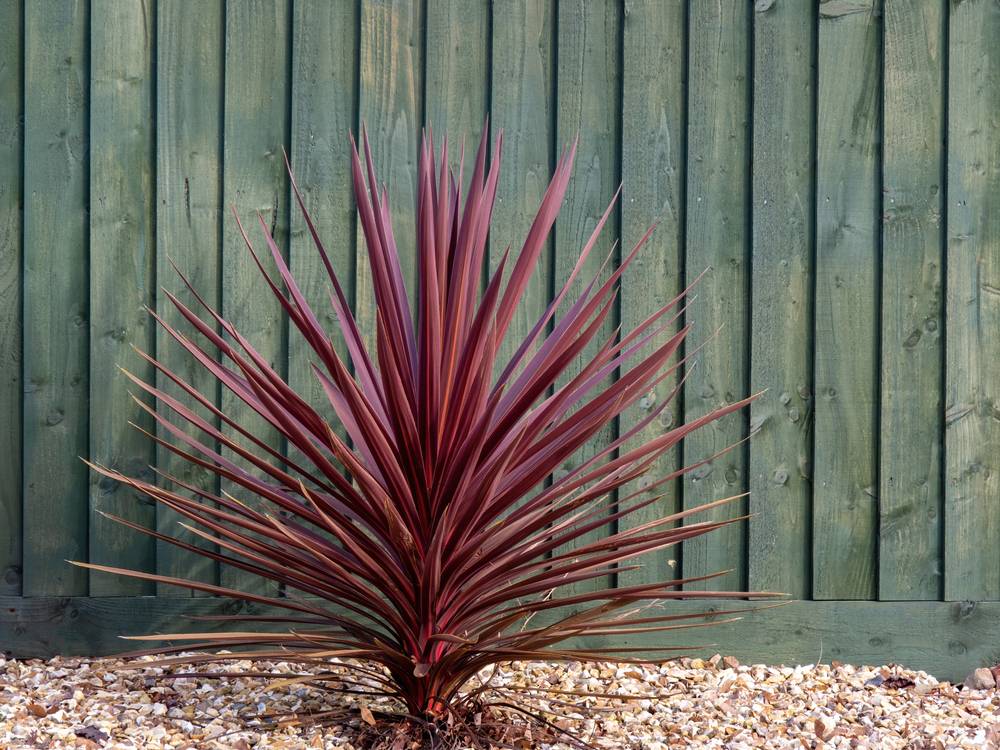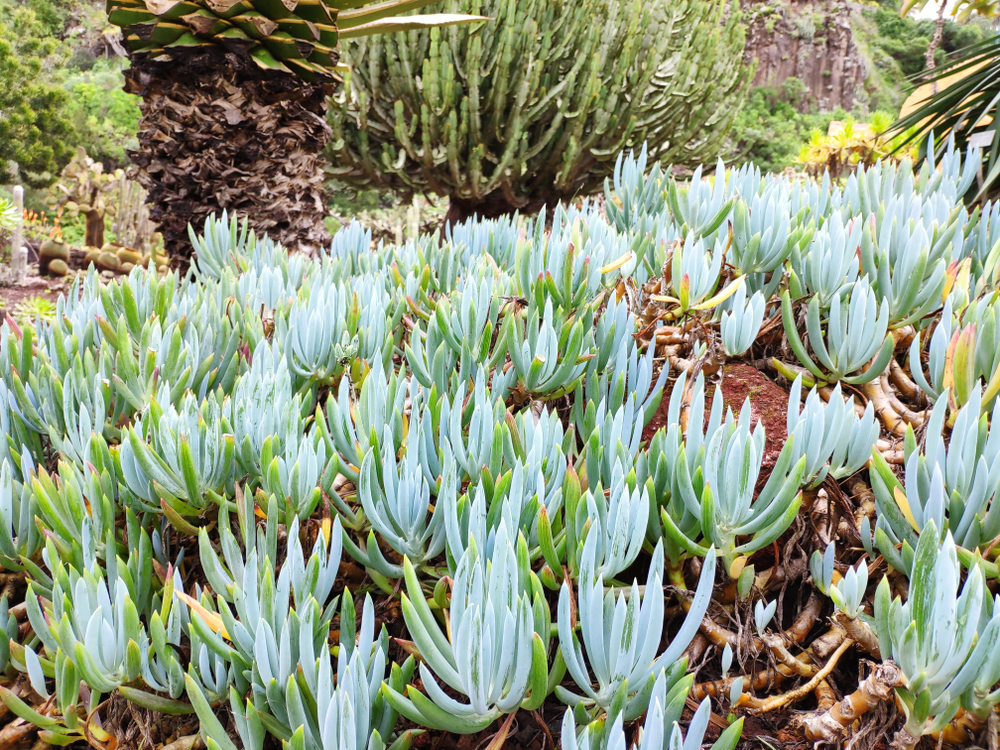Silver Falls (Dichondra argentea) is a beautiful creeping plant with silvery leaves. Native to the desert regions of Mexico and the United States, this plant is perfect for adding texture and contrast to your lawn or yard. Let’s look at four of the best Dichondra Silver Falls companion plants.
What you need to know about Silver Falls
Also known as Ponysfoot, Silver Pony-foot, Mexican Dichondra, or Silver Nickle Vine, this creeping herbaceous perennial is drought resistant and can tolerate poor soil conditions. As a fast grower that needs very little maintenance, Silver Falls is an ideal plant for busy gardeners.
The silvery-whitish foliage of this plant makes it ideal for creating a contrasting background in your garden beds or for edging your lawn. You can also use it for hanging baskets, rock walls, or as a ground cover.
Silver Falls is a heat-loving plant that thrives best in full sun but can tolerate partial shade. It is also tolerant of salt and wind, making it perfect for coastal lawns.
This plant does best in hardiness zones 10-12 when planted outdoors, but can also be grown as a houseplant in any zone. When planting Silver Falls, make sure to give it enough room to spread.
Dichondra Silver Falls Companion Plants
While Silver Falls looks great on its own, it can also be used as a ground cover or accent plant. If you’re looking for plants that compliment Silver Falls, here are a few of the best companion plants:
1. Agave ‘Blue Glow’
This is one of the most popular agaves for use in landscaping. It has a slow growth rate and forms clumps of rosettes that reach about 2 feet tall and 3 feet wide.
The blue-green leaves have red and yellowish-golden margins and tips that give this plant its striking beauty especially when it’s backlit by the sun.
This evergreen succulent takes up to 10 years to mature and blooms only once in its lifetime. It thrives best in hardiness zones 8-11, and heat zones 5-11.
2. Aeonium arboreum
Also known as the Irish rose, this succulent forms clusters of rosettes on stems that can grow anywhere from 3-5 ft. tall in regions where this plant is able to overwinter.
The leaves are green, shiny, and spoon-shaped. They attach themselves to the plant at the end of the sausage-like branches. The Aeonium arboreum is quite easy to grow.
It thrives best in full sun but can tolerate light shade. It is winter hardy in zones 9-11 and can thrive in heat zones 4-9.
3. Cordyline australis (Cabbage tree)
This plant is also commonly known as the “Red Star” or “Cabbage Tree”. And due to its palm-like appearance, you may also hear some people refer to it as the “Cabbage Palm”.
It’s a sub-tropical tree that has sword-like, arching leaves. The leaves, dark burgundy in color, are especially the reason behind the bold, tropical look of this tree.
And it’s not the leaves alone that make this plant as interesting as it is.
You will also be attracted by its small, white flowers that bloom from the late spring to early summer months. The flowers are sweetly-scented, which further adds to the tropical feel and attractiveness of this plant.
A mature cabbage palm will grow to be about 10-20 feet tall, and roughly 5-10 ft. wide. It thrives in USDA hardiness zones 9-11, and heat zones 10-11.
4. Senecio mandraliscae
Looking for a succulent that is ideal for use as a ground cover or border plant? If so, then you may want to consider the Senecio mandraliscae, also known as the “Blue Chalksticks”.
This plant forms clumps of finger-like, blue-gray leaves that can grow up to 4 in. long. The tips of the leaves are usually a tad light blue than the rest of the leaf.
The plant itself is capable of attaining a height of anywhere between 12 and 18 inches, and a width of 18-24 inches.
During the summer, you may see the Senecio mandraliscae produce small, white flowers. These are not very showy, but they sure are pretty.
Senecio, unlike a variety of succulent plants, is a winter grower and will be dormant during the summer. That said, it’s quite easy to grow this plant in sandy, well-drained soils.
It will thrive in full sun to partial shade conditions. Being a drought-tolerant plant, this one is able to weather dry spells quite impressively.
If this is your ideal companion plant for your Dichondra Silver Falls, then you’re in luck as it thrives in USDA hardiness zones 9-11, and heat zones 1-10.
Dichondra Silver Falls Companion Plants: Conclusion
An undeniably attractive plant, the Silver Falls dichondra is a great addition to any lawn. Be it on its own or as part of a group, this plant is bound to add beauty and elegance to your lawn or yard.
As for companion plants, you have a number of options. You can go with other succulents, tropical plants, or even sub-tropical trees.
Just remember to take into account the growing conditions of each plant, as well as their individual needs, in order to create a thriving and healthy lawn environment for all.
